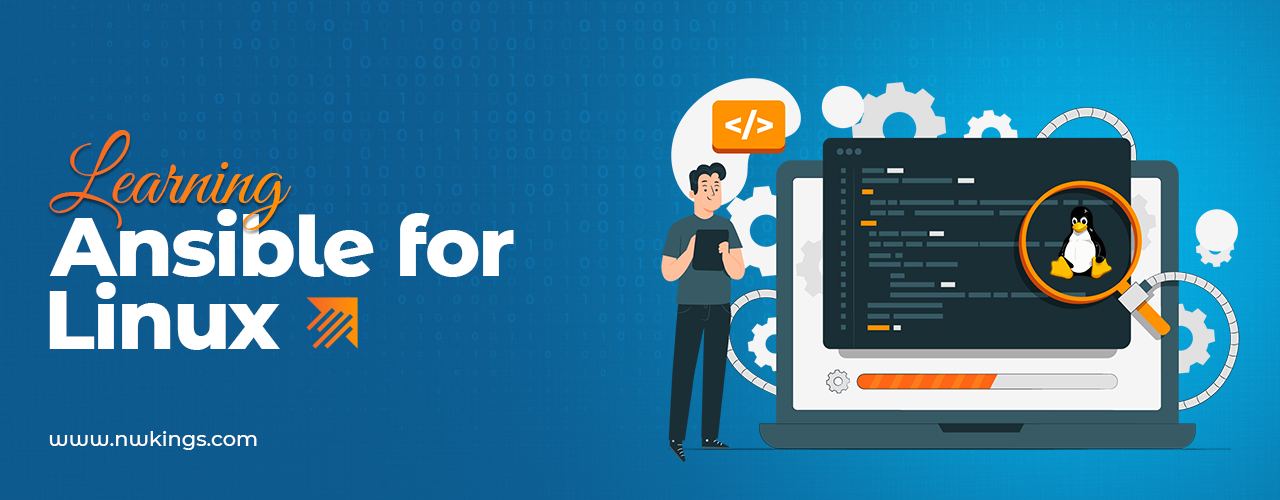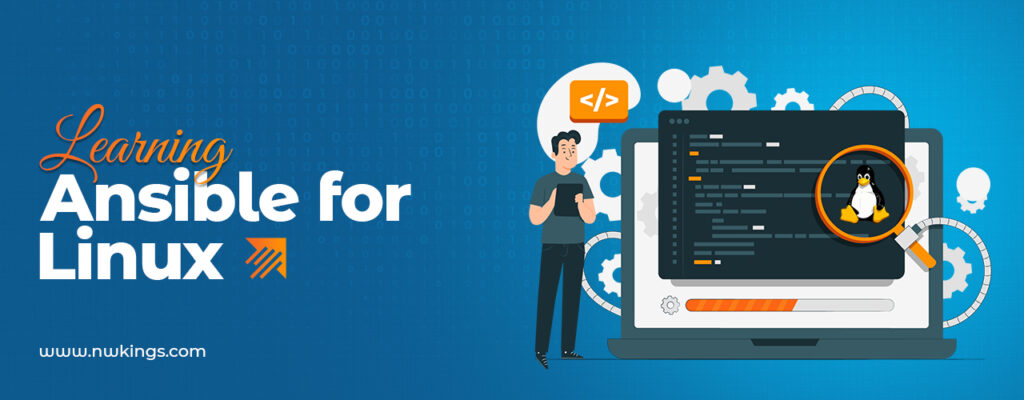
The tech industry has become an asset to human life since several courses in IT now help an individual to earn huge. Linux training is getting popular as it manages hardware and software in an enterprise. Therefore, the demand for Linux experts is increasing day by day.
Keep reading the blog till the end to know the Linux salary in India for freshers to shape your tech career in the best way possible.
What is the Linux program?
Linux is an open-source operating system allowing users to access and alter its source code by making it highly customizable and adaptable. It is the most reliable Unix-like computer Operating System (OS). Also, Linux comprises hardware management to software management.
Linux programs are commonly free and open-source, and users can revise and disseminate them according to their needs. It forms the foundation of the working of every digital device in IT.
What skills can I learn from the Linux certification?
The skills you can learn from the Linux certification are as follows-
- Expertise in working with the Linux Operating System
A Linux certification can help you formulate a thorough understanding of the Linux operating system, its architecture and functionalities.
- Command-line Skills
Linux is known for its robust command-line interface, which requires you to use command-line tools to perform various tasks. A Linux certification teaches you how to use these tools effectively.
- System Administration
With a Linux certification, you can learn to handle the Linux operating system comprising system configuration, network setup, and security.
- Scripting
A Linux certification offers various scripting tools and languages to help automate tasks and can help you develop scripting skills that are useful for managing complex environments.
- Virtualization
Linux delivers various virtualization technologies to create and manage virtual machines. A Linux certification can help you learn how to use these technologies effectively.
- Cloud Computing
Linux certification can teach you to use Linux in cloud environments, including Amazon Web Services (AWS) and Microsoft Azure.
- Networking
Linux delivers networking tools to set up and manage networks. A Linux certification can help you develop the skills required in network configuration, monitoring, and troubleshooting.
- Security
Linux has vigorous security features and can teach you how to secure Linux systems effectively.
- Database Management
Linux offers a range of database management tools like MySQL and teaches you how to install, configure, and handle these databases.
- Collaboration and Communication
Linux is an efficient operating system helping to develop skills to collaborate and communicate in diverse technology roles.
What is the scope of the Linux certification?
The scope of the Linux certification is bright and promising. Since Linux comprises all hardware and software management processes, the demand can never fall short.
Where to get the best Linux training?
You can get the best Linux training at Network Kings, one of the best online ed-tech platforms.
At Network Kings, you can learn directly from engineers and get 24*7 access to the world’s biggest virtual labs with zero downtime. Network Kings’ student-oriented training method helps to excel in IT at a fast pace.
Therefore, enroll today in the Linux program to get a demo session worth $40 from an industry expert for free.
What are the available job roles after the Linux course?
The top available job roles after completing the Linux course are as follows-
- Linux Administrator
- System Administrator
- Network Administrator
- DevOps Engineer
- Cloud Engineer
- Database Administrator
- IT Manager
- Technical Support Engineer
- Cybersecurity Analyst
- Penetration Tester
- Linux Kernel Developer
- Software Developer
- Web Developer
- AI/ML Developer
- Data Analyst
- Data Scientist
- Machine Learning Engineer
- Cloud Architect
- IT Consultant
- Technical Writer
What is the Linux Salary in India for freshers?
The Linux salary in India ranges between INR 4 LPA to INR 10 LPA for freshers.
Also, the salary package for freshers after completing the Linux training in different countries is as follows-
- United States – USD 75,000 to USD 130,000 per year
- Canada – CAD 65,000 to CAD 110,000 per year
- United Kingdom – £40,000 to £70,000 per year
- Germany – €45,000 to €85,000 per year
- France – €40,000 to €70,000 per year
- Australia – AUD 80,000 to AUD 140,000 per year
- Singapore – SGD 62,000 to SGD 140,000 per year
- China – CNY 150,500 to CNY 400,000 per year
- Japan – JPY 5,000,000 to JPY 10,000,000 per year
- South Korea – KRW 40,000,000 to KRW 90,000,000 per year
- Brazil – BRL 60,000 to BRL 120,000 per year
- Mexico – MXN 250,000 to MXN 500,000 per year
- South Africa – ZAR 350,000 to ZAR 700,000 per year
- Nigeria – NGN 3,500,000 to NGN 7,000,000 per year
- UAE – AED 120,000 to AED 250,000 per year
Wrapping Up!
Since the Linux program is omnipresent, the demand for individuals experienced with Linux skills is increasing simultaneously. Hence, feel free to write to us regarding your feedback or suggestions on our blog entitled Vibrant Linux Salary in India for Freshers: Best Proven Guide and get a free demo session from real-time industry experts.
Good Luck!











